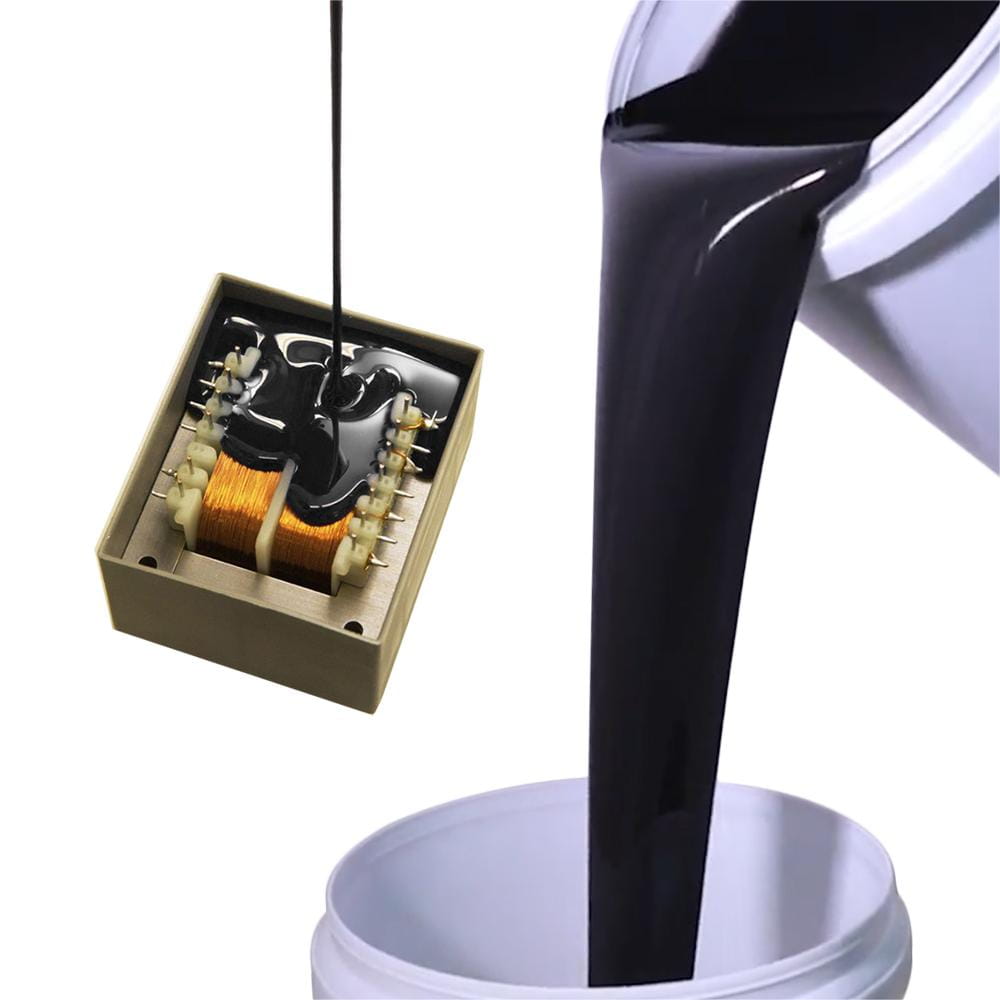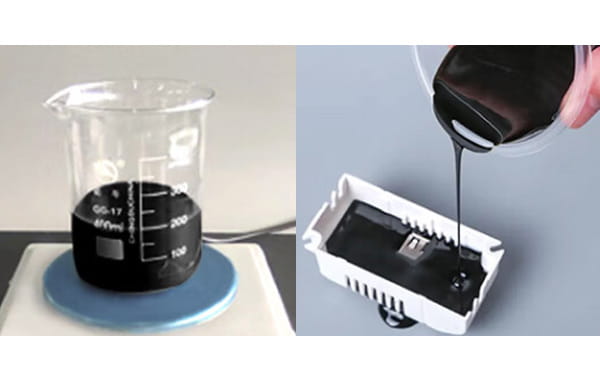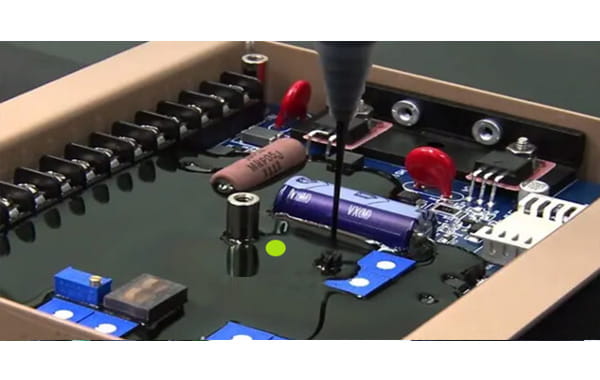Methods for removing potting adhesive from various materials
 Mar 20,2024
Mar 20,2024

 Hanast
Hanast
The common types of electronic potting adhesive applied to electronic industry products include epoxy resin potting adhesive, silicone potting compound, and polyurethane potting glue, and their characteristics and uses are different. When various electronic products have used potting adhesives and need to be repaired, they need to be removed; What method should be used? Below, we will provide a detailed explanation of the removal methods for these three types of potting adhesive.
Method for removing silicone potting compound:
Silicone potting compound is environmentally friendly, elastic, soft, and has very stable chemical properties. Few solvents can dissolve it, and even when dissolved, the circuit board is greatly affected. Therefore, it can only be slowly separated with a sharp blade. There is a type of silicone sealant that is relatively soft after curing. To remove the cured silicone sealant, simply use a blade to cut around it, and then remove the cured sealant.
Method for removing epoxy potting adhesive:
The epoxy sealing adhesive is too hard and difficult to remove. Acetone, alcohol, and acetic acid cannot truly clean epoxy resin sealant. The epoxy resin potting adhesive can be cleaned with alcohol before it hardens. After solidification and hardening, alcohol cannot be removed. After curing, the epoxy resin potting adhesive cannot be removed at all. Once the components have problems, they can only be directly damaged and scrapped. Therefore, when choosing the sealing adhesive, this issue should be carefully considered at the beginning, and it is not necessary to remove the product in later applications.
Method for removing polyurethane potting adhesive:
Polyurethane sealing adhesive has excellent water resistance, heat resistance, cold resistance, acid and alkali resistance, high and low-temperature impact resistance, moisture resistance, environmental protection, and high cost-effectiveness; Especially targeting the leakage problem of lithium-ion batteries, polyurethane sealing adhesive exhibits strong resistance to electrolyte corrosion.
Therefore, there are two methods for removing this type of sealing adhesive:
1. Polyurethane sealing adhesive is alkaline resistant. If it still does not work well after use, it can be soaked in concentrated alkali or mechanically removed. Be careful not to completely soak it, as it lacks mechanical strength and can be removed.
2. It is already cross-linked and cannot be dissolved. You can try soaking it in ketones, esters, or other organic solvents. After a long time, it will swell and lose its strength. Use tools to remove it.
In short, it is important to choose the appropriate method for removing sealing adhesive. Depending on the material, methods such as scraping, dissolving, heating, or using chemical removal agents can be chosen. Before using any method, it is important to carefully understand the characteristics of the material and follow the corresponding operating guidelines to ensure the safe and effective removal of the potting adhesive.




 Home
Home



 Application advantages of silicone thermal conductive potting adhesive in new energy vehicle power batteries
Application advantages of silicone thermal conductive potting adhesive in new energy vehicle power batteries  You May Also Like
You May Also Like







 Tel
Tel
 Email
Email
 Address
Address












